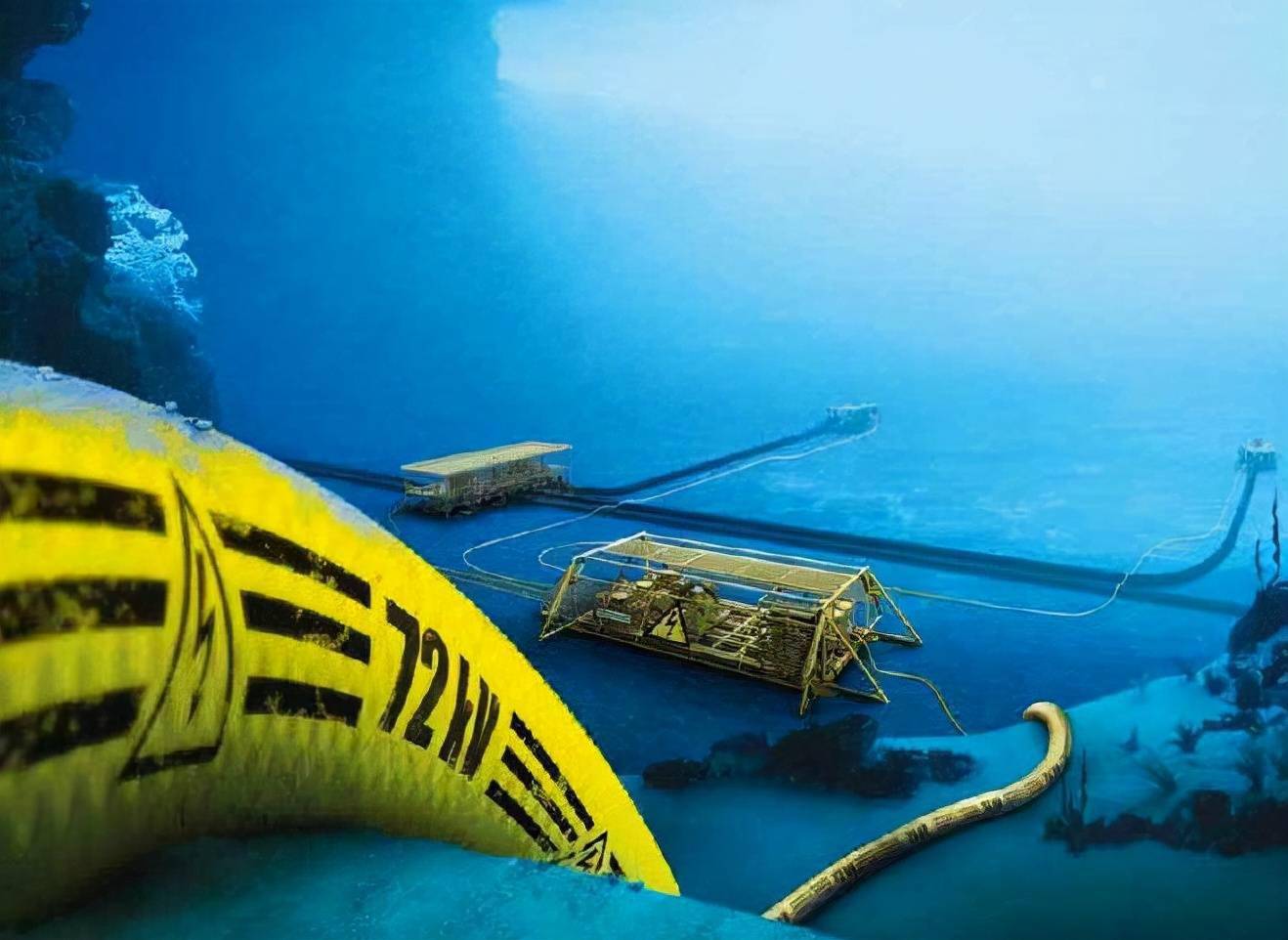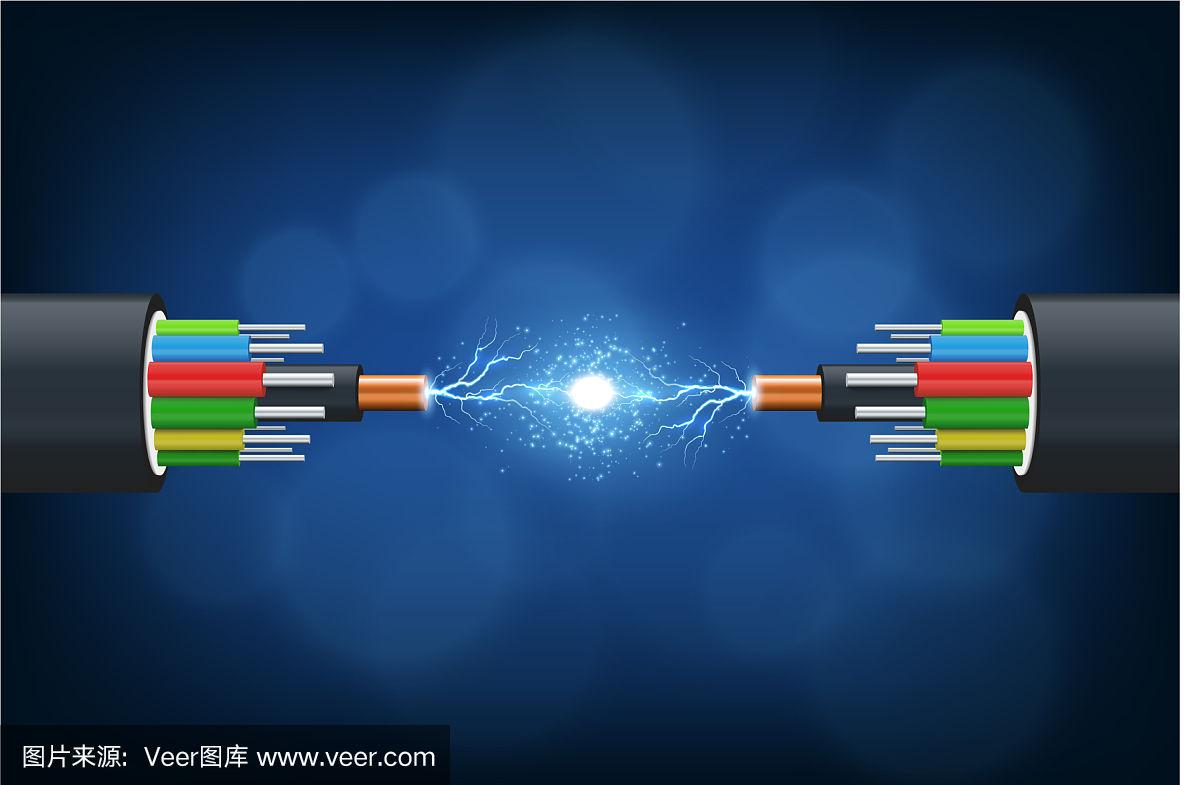In this era where digital connectivity is paramount and information technology is developing at a high speed, all kinds of cables related to the ocean are the backbone for mankind to realize the interconnection of the world and complete seamless data transmission across continents.
In this post, ZMS will introduce you to what are the cables associated with the oceans. Delve into the intricacies of these vital infrastructures and explore their historical significance and prospects.
The history of ocean-related cables dates back to the mid-19th century, when the first transatlantic telegraph cable was laid in 1858, connecting Europe to North America.
Since then, cable technology has evolved dramatically from the early days of the telegraph, which carried information slowly, to today's modern fiber optic cables, which are capable of transmitting large amounts of digital information in a fraction of a second.
In today's connected world, ocean-related cables play a vital role in facilitating global communications, commerce, and collaboration.

Carrying more than 99% of international data traffic, these cables are the primary infrastructure for Internet connectivity, international telephone calls, and financial transactions.
SUBMARINE CABLE
Transoceanic submarine power cables are typically wires insulated with XLPE, PE, or EPR and covered with a waterproof material that is laid underwater on the seabed and in rivers to transmit power. In terms of voltage levels, subsea power cables are most commonly medium and high voltage, with both high voltage DC and high voltage AC forms of transmission.
Transoceanic submarine cables can be categorized based on various factors, including their structure, capacity, and use.
Single Conductor Cables: These cables consist of a single conductor, usually copper or fiber optic, wrapped in a protective shield. They are used for telecommunications, internet connections, and power transmission.
Multi Core Cables: Containing multiple conductors within a single insulating sheath, they can transmit multiple signals simultaneously. Typically used for undersea exploration, scientific research, and offshore energy production.
Low-capacity cables: These cables have a relatively low data transmission capacity and are mainly used for voice communications and basic data transmission.
High Capacity Cables: These cables utilize advanced fiber optic technology for high-speed data transmission and can carry large amounts of data, including video, audio, and internet traffic.
Transoceanic underwater cables have a wide range of applications in various fields, including telecommunications, Internet infrastructure, scientific research, and offshore energy production.
Long-Distance Voice Communications: Submarine cables enable long-distance voice communications between countries and continents, and support international telephone calls and teleconferencing.
Data Transmission: These cables facilitate the transmission of digital data, including text messages, e-mail, and multimedia content, between regions.
Cloud Computing: Submarine cables enable data transfer between cloud computing facilities located in different regions, supporting cloud-based services and applications.
Oceanography: Submarine cables support oceanographic research by providing real-time data transfer capabilities to monitor currents, temperature, salinity, and marine life.
Oil and Gas Industry: Submarine cables are used to transmit power, data, and communications between offshore oil rigs, production platforms, and onshore facilities.

Submarine Fiber Optic Cables
Strictly speaking, underwater fiber optical cables also belong to the classification of undersea power cables that we described above.
However, due to the importance of submarine fiber optic cables, we will introduce them to you separately.
The basic structure of submarine fiber optic cable is a polyethylene layer, polyester resin or asphalt layer, steel strand layer, aluminum waterproof layer, polycarbonate layer, copper or aluminum tube, paraffin wax, alkane layer, fiber bundles, and so on.
There are numerous models of submarine fiber optic cables, which can be categorized based on a variety of factors, including design, capacity, and deployment method.
Unarmored Subsea Fiber Optic Cables: These cables consist of optical fibers encapsulated in a protective sheath with no additional armoring. They are typically used in shallow water and coastal areas where the risk of external damage is minimal.
Armored Underwater Fiber Optic Cables: Armored fiber optic cables have an additional layer of protective armor, such as steel wire or tape, to increase durability and resistance to external threats, including abrasion, impact, and marine life interaction. They are deployed in deep-sea environments and high-risk areas vulnerable to fishing activities or geohazards.
Direct Burial Cables: Direct burial cables are installed directly on the seabed using specialized vessels equipped with cable-laying equipment. They are buried beneath the seabed to protect against external threats and to minimize the risk of damage from marine activities.
Trench Cables: Trench cables are laid in subsea trenches dug using plows or remotely operated vehicles (ROVs). The trenches help to bury the cable and provide additional protection against anchor strikes and trawling activities.
Submarine fiber optic cables made by ZMS have a double weighting over other common manufacturers' cables: a reinforced protective coating and strength components.
Waterproof Protective Coating: The surface of the fiber is coated with a protective layer of polymer resin that shields it from moisture, abrasion, and mechanical stress. The coating also provides insulation against signal degradation caused by environmental factors.
Premium Strength Components: Submarine cables have strength components, such as aramid fibers or steel wires, embedded in the protective coating to enhance tensile strength and structural integrity. These strength components support the weight of the cable and resist external forces during installation and operation.

Network Redundancy: Submarine cables provide redundancy and backup connectivity for terrestrial communications networks, ensuring uninterrupted communications in the event of an outage or disruption.
Content Delivery Networks: These cables improve the performance and reliability of content delivery networks by delivering multimedia content, including streaming video, online gaming, and social media, to users worldwide.
Renewable Energy: These cables connect offshore wind farms, tidal energy installations, and wave energy converters to the onshore grid, thereby integrating renewable energy into the global energy mix.
Marine Cables
Marine cables, as the name suggests, perform the function of transmitting electricity on ships.
However, since ships generally navigate in a sea environment where they often encounter heavy rains and waves, etc., waterproofing cables on ships is also particularly important.
Because cable technology has developed so far, marine cable comes in handy.
Shipboard Communication Cables: Communication cables are mainly used to transmit data, voice, and video signals between land and sea locations (including oil rigs, research vessels, and underwater observatories). They support a variety of communication protocols, including telephone, Internet, and satellite communications.
Marine Power Cables: Power cables are the primary means of delivering electricity to offshore installations, equipment, machinery, and lighting systems. They are vital for offshore energy production, including oil and gas extraction, wind power generation, and mariculture.
Sensor Cables: Sensor cables are equipped with sensors and instruments to monitor environmental parameters such as temperature, pressure, salinity, and currents. They are used for oceanographic research, environmental monitoring, and underwater surveillance applications.
The above is the introduction of power cables related to marine power transmission and distribution, I do not know which readers have encountered in the power-related industries of the marine cable project.
If you still want to know more about cables, please feel free to follow our updates.